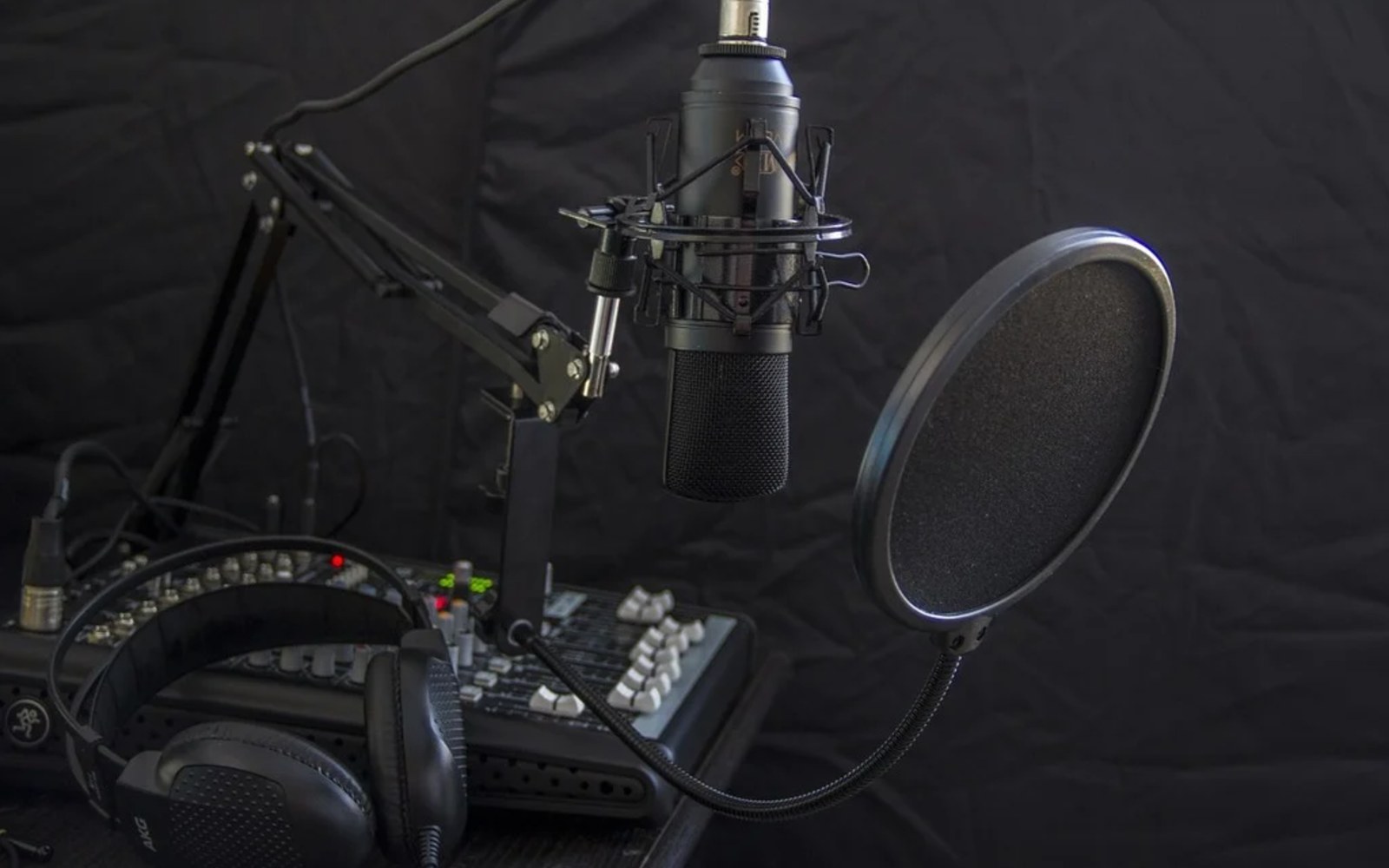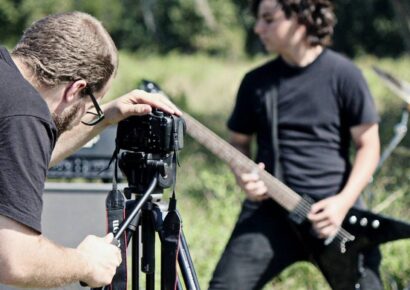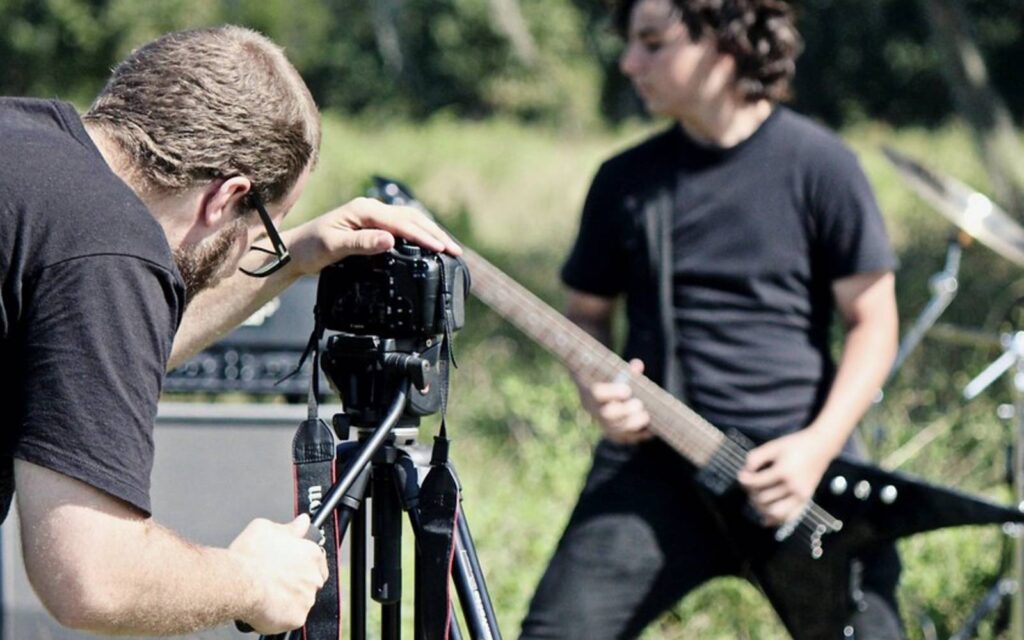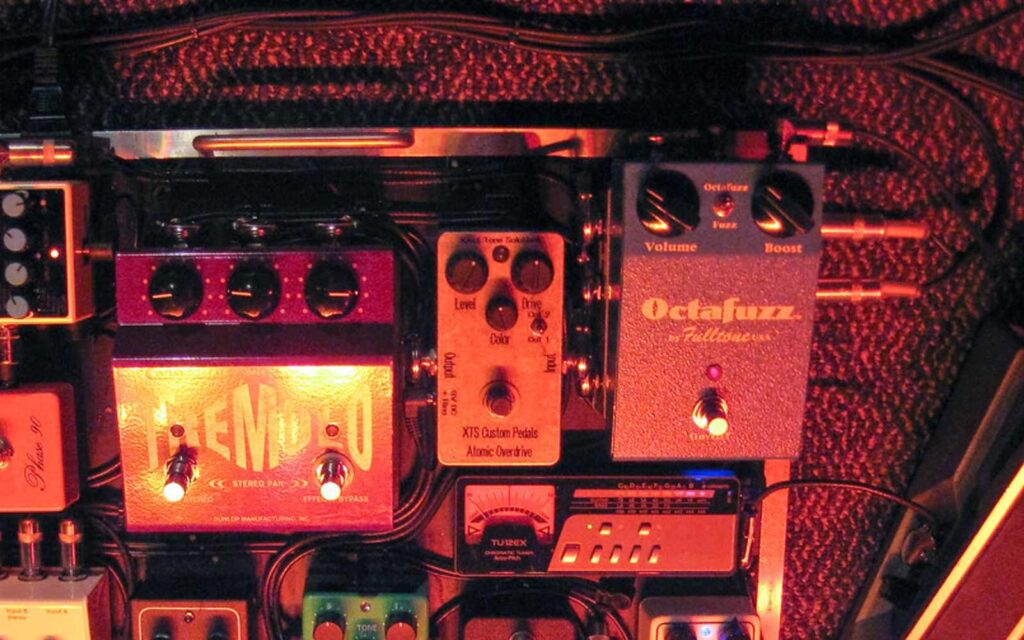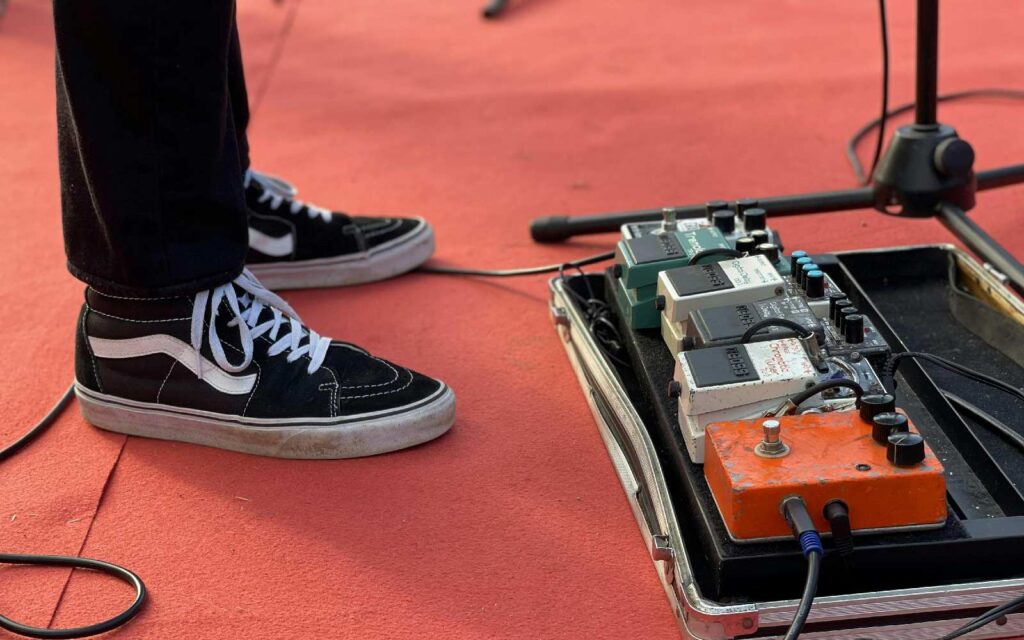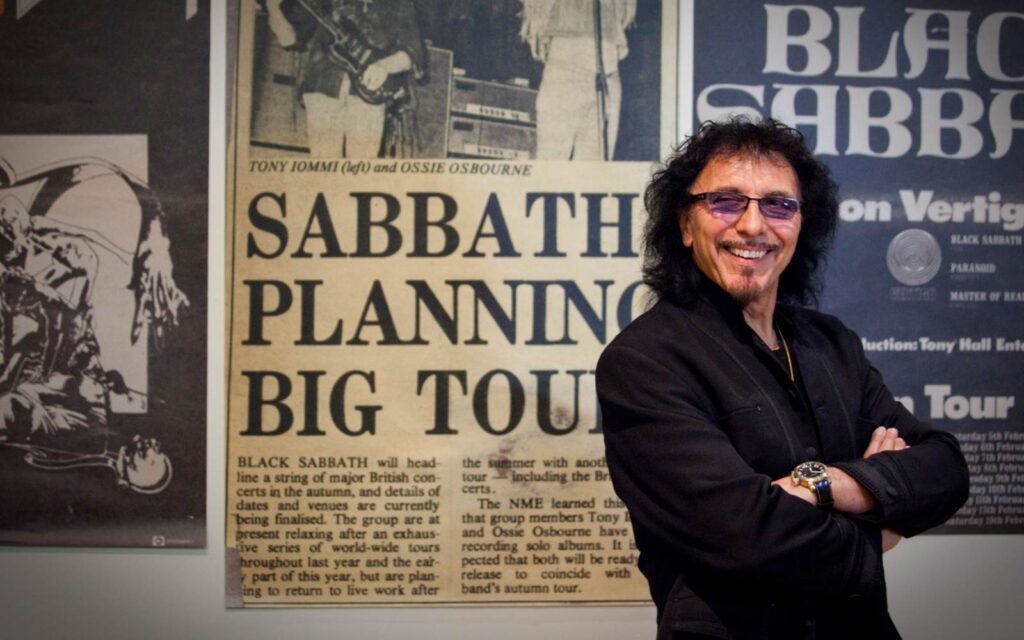Buzz, noise and hum are something that can feel like an uphill battle when performing, writing and recording music, especially in a home studio.
Additional gear can’t really do much if the power in your home studio is already dirty, or struggling to keep up. Power conditioners can assist with power, while different types of cables are best suited for different jobs, depending on length, connection type and signal requirements.
Read more features, columns and interviews here.
In a home studio, we’re always battling the elements, our spare bedrooms aren’t built for perfect sound, let alone for critical listening for mixing and mastering. Some gear requires balanced cables, three-pin connections with a hot, cold and ground signal that offers 3dB more signal than unbalanced that just offer a hot and ground. Balanced is also best for long cable runs, for example for speakers, microphones and outboard.
Getting it right from the start
It always amazes me how musicians can spend exorbitant amounts of money on their equipment, and then when it comes to the cable to join it all up, they suddenly decide that they can’t spend any more. Why would you take a two thousand dollar amp and a four thousand dollar guitar and then think that spending twenty dollars on a cable to link the two is going to be just fine? There are more expensive cables available and they come at a price for a very good reason: they offer a better quality. But, so many musicians think this doesn’t matter and then destroy their tone with a cheap cable. The same goes for your studio gear. If you are going to invest so much of your hard earned money on a top-notch computer and outboard gear to make your recording all that it can be, why would you want to let it down with ratty cabling in between the equipment. I am not just talking about your microphone or instrument cables, but your IEC power cables and USB cables too. We all know that you can get these sorts of cables for a little investment and while they may work per se, higher bandwidth USB cabling will help you harness the very best of your gear, allowing you to send and receive audio quickly and seamlessly between equipment.
Power cables are another important one, as each bad cable might introduce a little hum, eventually summing to a louder, more unpleasant noise. There is a reason why there are expensive power cables available and that is that ensuring quality power being supplied to their quality equipment, and so should you.
Top knotch cabling offers a few things: better audio, but also a longer lifetime, so you may end up spending the same or more overall on cheaper cables. Some more expensive cables offer a lifetime warranty, so if you’re buying a new cable every 2-3 years as they break down, how much are you really paying? Doing away with the anxiety of a faulty cable is enough for me!
Respect your gear
If you value your home studio setup, you should respect it enough to join it all up with the right cables. Whenever possible, you should be using balanced cables for all connections as a basic rule, unless otherwise stated. I’ve certainly invested in some older, analogue gear that uses unbalanced connections like RCA plugs or speakers with panel mount speaker connectors or binding posts.
This balanced cable rule is basic, but often overlooked. Why should you use a balanced TRS when a guitar cable will do the job? Why? Because it doesn’t really do the job you want it to. The problem with unbalanced instrument cables is that they are susceptible to interference, especially in longer lengths and when running across power cables. This cannot be avoided when using unbalanced instruments like guitars, but can be controlled at least by using shorter cables, keeping them clear of power sources and getting them into a balanced signal path as soon as possible.
What can also happen when using unbalanced cables is the cold connection (as in hot, cold, ground) can make connection with the sleeve of your guitars cable, usually ground, sending signal to the wrong place and, more often than not, sending ground hum through your gear. The hot single will almost always be correct, but the ring and sleeve might be mixed up! Another warning is that while speaker cables and guitar cables might have the same connectors, an unbalanced 1/4″ jack, they are not interchangeable! Speaker cables are designed with thicker gauge wire to handle the amplifier’s load, whereas a guitar cable is made to transmit just the tiny blip or signal from a guitar’s pickups.
When recording in your home studio, you’ll use balanced cables almost exclusively; and for good reason. There’ll be a lot of cables, sometimes criss-crossing, and unbalanced cables help to attenuate and eliminate this problem! The outboard gear you’re acquiring will often be built to receive balanced signal, and while it may work, it wont work exactly as expected— or optimally!
